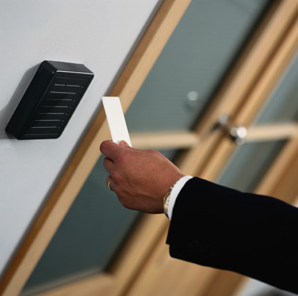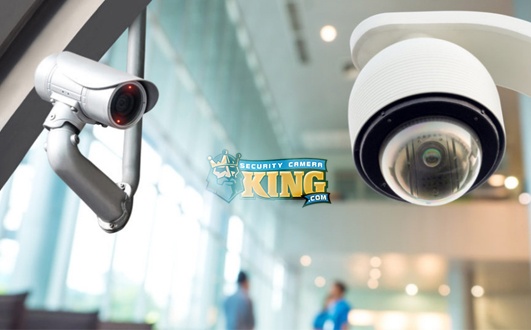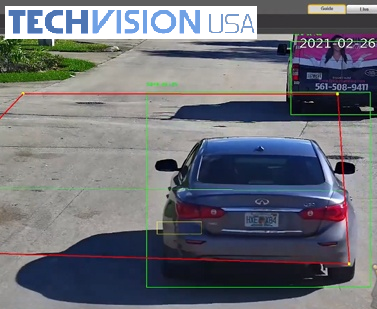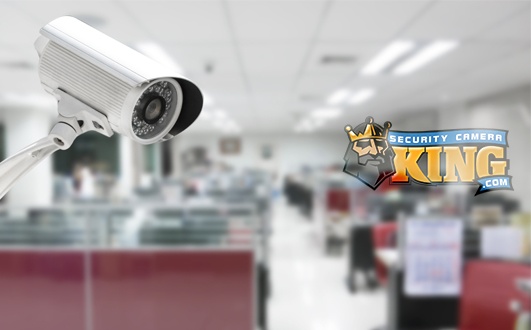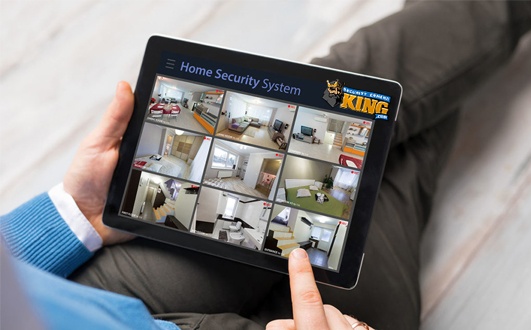As the demand for security increments in houses and businesses, the innovation in technology to protect businesses is in its peak, and the accessibility to these products are reasonable.
If you are the owner of a business that requires certain amount of personnel to drive it, as well as offices, website(s), IT department, and a reception, you may be interested to know how many employees are coming into your offices, who can have access to certain places, and when can employees have access to these sites. An Access Control System is the perfect tool to help you with these demands.
An Access Control System is basically conformed of a Central Panel, a reader, a motion detection sensor, a PTE button, a door contact, and a door actuator.
The Central Panel is the main brain of the system, which has the capacity of controlling a total of two doors, up to twelve doors for single module, and most of these systems give you the choice to install extension modules, which may have the ability to control up to two hundred doors.
The Reader is the tool that will allow you to activate the door actuator to granted access to a specific room. There are different kind of readers in the market, some more secure than others. The most common type of Reader, is a Card Reader, which also have different type of cards with codes accordingly with the type of Reader ( it can be Wiegand Reader, Indala Reader, RFID Reader, Integrated Circuit Chip Reader ICC, Magnet Stripe Reader, Bar Code Reader, keypad Reader, or a combination of any of these, etc.), these readers give you some level of security due to the fact every individual will possess and uses the same card every time they need to get access to the site. A more secure Reader will be the Biometric Reader, which has the ability to capture and record a finger print (usually the index finger) and uses this as the method of identification for every individual. These type of readers are more expensive due to the efficacy and advance technology. Even more secure and, of course more expensive, are the Iris Scanners, which can read and record the iris of the eye of a person, and use it to identify the individual.
Interested fact, there used to be out in the market, a Palm Reader, that used the size of the palm of your hand to identify you in the system, but it didn’t last longer, because the size of the palm of your hand is not a unique size, in other words, there are several individuals around the world that can have the same size of the palm of the hand, as yours.
A PIR Motion Sensor (Passive Infra Red Motion Sensor), is a device used to detect the traffic coming to the door you are controlling with the Access Control system. When the PIR Motion Sensor detects people coming close to the range set to detect with this sensor, it will send a signal to the main panel to execute an action, in most cases to deactivate the door actuator. This sensor is required in every Access Control System that has a reader on the other side of the door, because it allows people to come out of the building in case of an emergency.
A PTE button (Push To Exit), is also an element required specially if your system is going to be inspected by City Inspectors, because this device allow you to deactivate the door actuator, in case of an emergency, by pushing the button.
These two devices (PIR sensor and PTE button) are always installed in the same side of the door, which is the opposite side for the location of the Reader, most of the time the PIR sensor will be located in top of the door (or the ceiling close to the door), while the PTE button will be located next to the door (or a wall close to the door).
A Door Contact allows you to keep track of the position of the door that is being controlled by the Access Control system, and with the help of an Access Control Software, it also can help you count how many times the door has been opened and closed. This device is also a good complement for an alarm, which it will activate an output, usually a buzzer or siren, to let people know the door is being held open for a long period of time.
A Door Actuator is the device that will perform the action of lock and unlock, latch and unlatch, or hold a door open or closed.
There are several types of Actuators, some of them are:
Electrical Strikes, Magnetic Locks, and Door Holders.
The Electrical Strike are used in doors designed to open and close with latches and knobs, and they are generally used indoors like IT rooms and conference rooms. They holding capacity can be up to 300 lbs torque, and they are easy to break-in if you manage to push the latch of the door in.
Magnetic Locks on the other hand, are capable of handle between 600 lbs and 1200 lbs of torque to hold the door close, they are mostly used in outdoors, on glass doors with metal frames, double doors and doors that use locks and keys instead of knobs and latches. The con of using a Mag Lock is that you have to make sure your Access Control system is backing up by a rechargeable battery or UPS (Uninterruptible Power Supply), because the Mag Locks has to be constantly power up for it to work properly.
Door Holders are the type of doors that will stay open for a determinate period of time, this type of doors are mostly used at Handicap Access ramps, and this is the only doors that will have PTE buttons located on both sides of the door (outside and inside).
An Access Control system is powered by 12V or 24V power sources, depending on the type of specifications from the manufacturer. Some of them are capable of handling both Voltage.
The latest Access Control system consist of Smart Readers, which eliminates the necessity of a Main Panel or Central Panel, because everything is integrated in the Reader, and the only connections needed are from the controlled devices (Card Reader, Mag Lock, etc), the power supply, and Ethernet to establish connection with the server and the software to program and control the Reader. These type of readers are commonly used in small offices, and to control doors from different offices located in different buildings.

